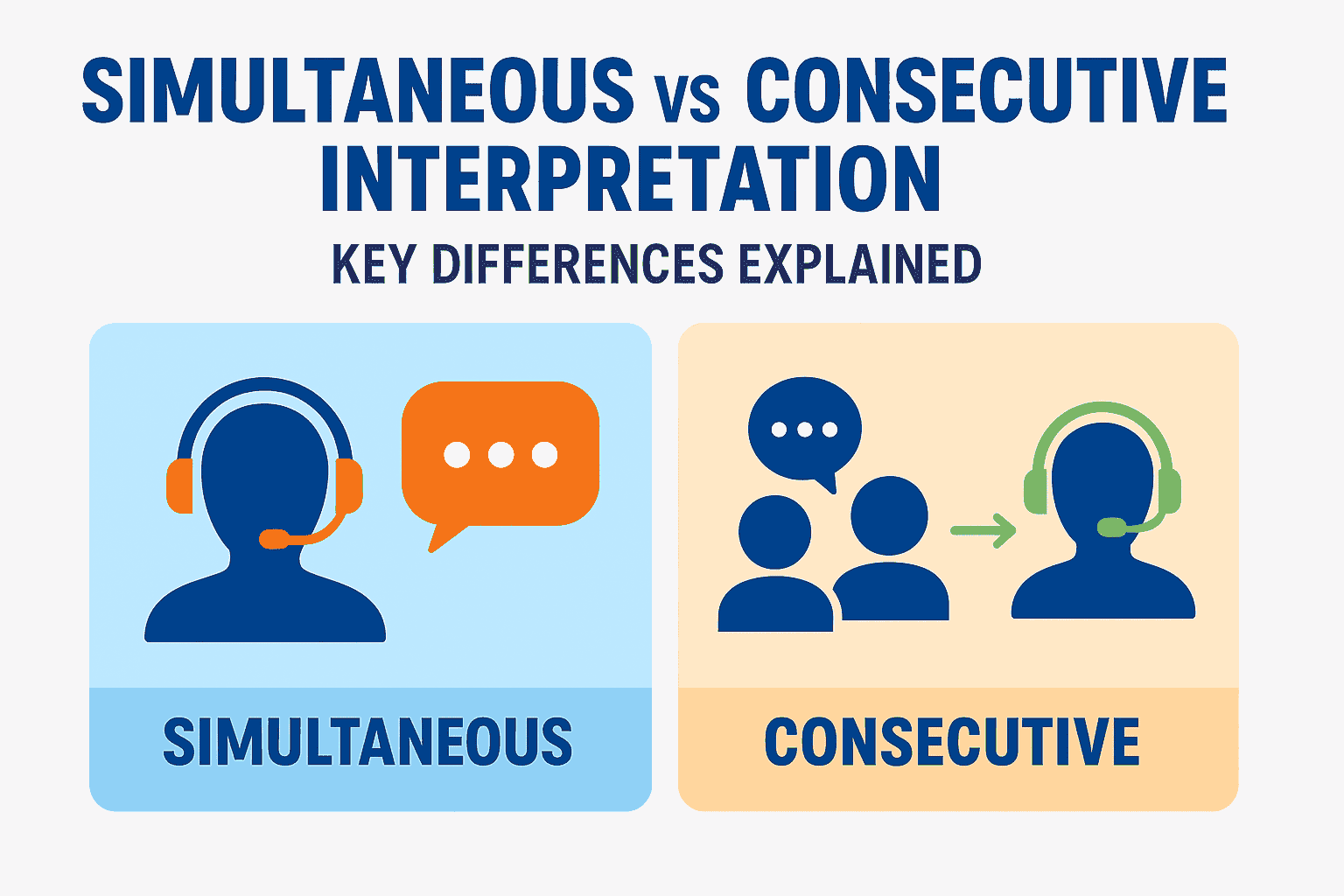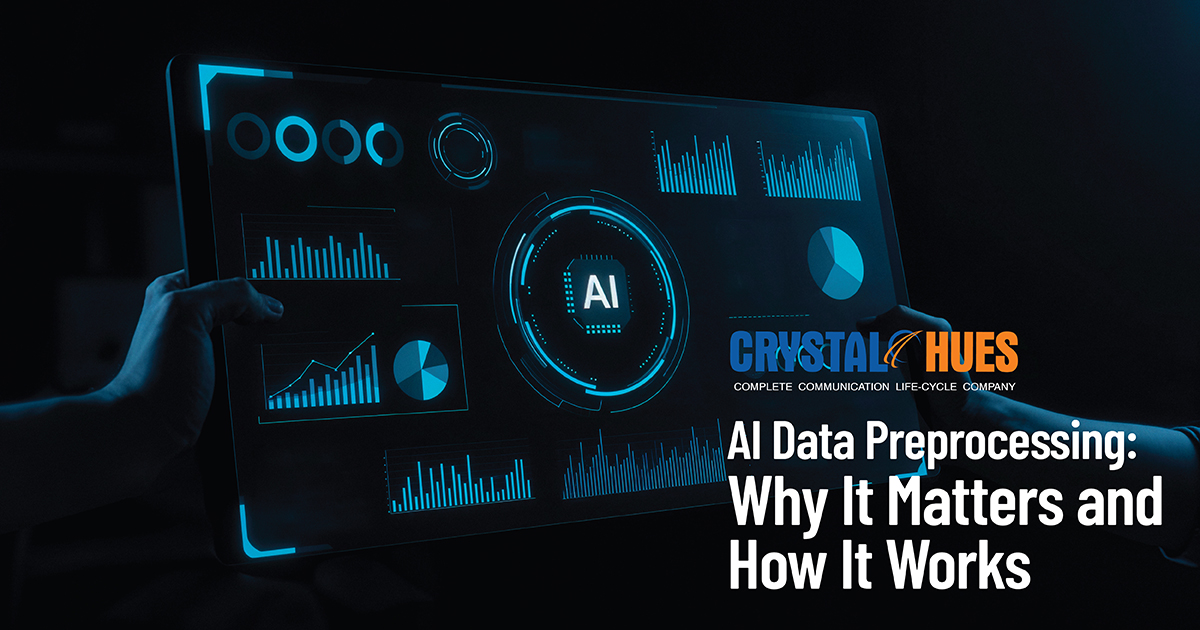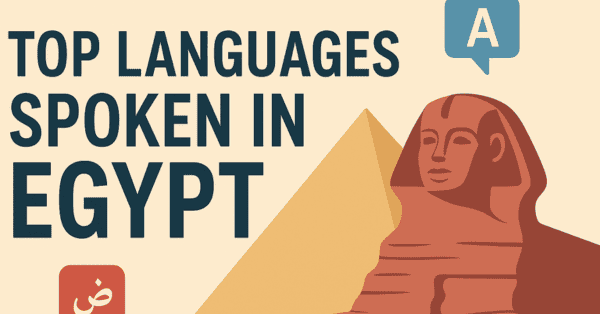
Human vs AI Transcription: Which One Is Right for You?
Transcribing audio content, be it a podcast, interview, webinar, or business meetings, into a readable form is essential for content sharing, data retention, and record keeping. No matter how you do it, what matters is that you stay in the game and up to date. According to a study by Fact.MR, the global transcription market which was estimated to be over $3 billion as of 2024, is expected to reach around $9.51 billion by 20234.
However, before you get started, there is a key decision for you to make. Which method are you going to use: traditional human transcription methods, or AI transcription technology?
Each transcription method brings different benefits with its unique distinctions. And it’s important for you to understand so that you can make the best decision based on your specific needs.
In this definitive overview of transcription, we will discuss both transcription methods and distinguish them based on the most critical key performance indicators so you can determine the best transcription solution for your project needs.
Processing Time: AI Enables Speed to Market
AI Transcription: In fast-paced industries, AI transcription can offer you the best processing speed.
There are complex speech-to-text algorithms that can transcribe 60 minutes of audio in an estimated 3-5 minutes, allowing an editor to quickly and accurately produce content. This functionality can be helpful in industries such as news media, content creation, and documenting live events.
Human Transcription: Works at pretty much the opposite pace, taking around 4-6 hours to process one hour of clear audio. While that may seem like a disadvantage, it has its advantages as transcriptionists have the time to pick up nuances of detail and context that automated systems won't capture.
AI transcription is good to choose for Timed projects where speed matters
Human transcription is good to choose for Complex material requiring detail in context and meaning
Budgets: Getting the right value
AI Transcription: Automated transcription services are very affordable, generally at about $0.10 to $0.25 per audio minute. This relatively low-cost option is appealing to organizations with large quantities of content to process or start-up companies with limited budgets.
Human Transcription: A professional human transcription service is costly in comparison, generally costing between $1.00 - $3.00 per audio minute. This higher cost is a reflection of extra services like editing, formatting, specialty industry knowledge, and quality assurance procedures.
AI transcription is good for: High-volume, budget-conscious projects
Human transcription is good for: Premium quality projects where the cost of accuracy is worthwhile.
Accuracy and Reliability: Understanding the Limitations
AI Transcription: Modern AI transcription solutions can rival human accuracy, approaching 90-95% accuracy even with high-quality audio nuggets. However, they still stumble over accents, noise, more than one person speaking at a time, and specialized jargon.
Human Transcription: Skilled human transcriptionists can usually navigate regional dialects, technical jargon, and speaker intention. However, even human transcription can be prone to inaccuracies, especially during long periods of work when a transcriptionist's focus may wander.
AI Transcription is better for: Clear, comprehensible audio recordings where imperfections are acceptable.
Human Transcription is better for: Content with varied accenting, technical jargon, and several speakers.
Volume Management: Increase Scalability
AI Transcription: If you’re looking to transcribe content on a massive scale, AI technology is the only option. Automated transcription can easily manage thousands of hours of content all at the same time, without the limitation of manual work, making it perfect for content platforms with unexpectedly high amounts of material to transcribe in the shortest amount of time.
Human Transcription: The major difference here is limitations to scaling due to sheer human limitations. Further, any expansion of capacity requires onboarding and training new team members, which takes time and incurs costs.
Use AI Transcription: Transcribing large volumes.
Use Human Transcription for: Regular, stable amounts of work where consistently high-quality work is prioritized over volume.
Emotional Intelligence: Capturing Human Nuance
AI Transcription: AI does an excellent job of transforming speech-to-text. However, it struggles, often completely unaware of the emotional context, cultural cues, and nuances of conversation like sarcasm and implied meanings.
Human Transcription: Conversely, a human transcriptionist will pick up (or read) all of those nuances and will be able to convey things like laughter, long pauses, emphasis, and cultural context, which may be vital for qualitative research, legal documentation, and media.
Use AI transcription when: You want clear documentation.
Use human transcription when: You want emotional context and cultural sensitivity to be amplified
Security and Confidentiality: Protecting Sensitive Information
Confidentiality requirements vary tremendously across the methods of transcription.
AI Transcription: Leading AI transcription platforms also feature security, such as encryption and private deployment options, and regulatory compliance in the enterprise. However, some providers may perform to a very low standard as a trade-off for quick implementation.
Human Transcription: Reputable human transcribers usually implement strong confidentiality agreements, and secure workflows with an appropriate level of control for sensitive content.
Use AI transcription when: Your organization has security infrastructure that is robust, and you have vetted AI providers.
Use human transcription when: You have highly confidential content that requires a minimum amount of exposure in the cloud
Decision Framework: Choosing Your Transcription Strategy
Priority | Recommended Solution |
Rapid delivery | AI transcription |
Budget optimization | AI transcription |
Contextual accuracy | Human transcription |
Specialized content | Human transcription |
Accent diversity | Human transcription |
High-volume processing | AI transcription |
Confidential material | Either (with proper vetting) |
The Hybrid Approach: Capitalizing on Both Benefits
Modern organizations are beginning to take a combination of approaches that take advantage of both technologies:
1. First Stage of Processing: AI Transcription to create the rough first draft quickly
2. Quality Control: Human Editors to edit and verify the accuracy
3. Continued Improvement: Develop customized vocabularies, as well as train AI models, so the processing improves over time
By using a hybrid approach, you can leverage both the speed of automation and the quality of the human and provide scalable, cost-effective, and accurate results.
Making Your Decision
The transcription industry is continually changing and evolving, and your decision will depend entirely on your circumstances. The most important thing is to figure out which option suits your organization better.
Consider delivery time, cost, the level of accuracy, or whatever is important for retaining the context of what is said. By understanding these considerations, you will be able to match the best option to your needs.
When evaluating your options, consider your project needs, budget, expected output quality, and time constraints. The best transcription option for you will be one that suits your operational needs while providing your organization with what it needs to achieve.
Happy Transcribing!



